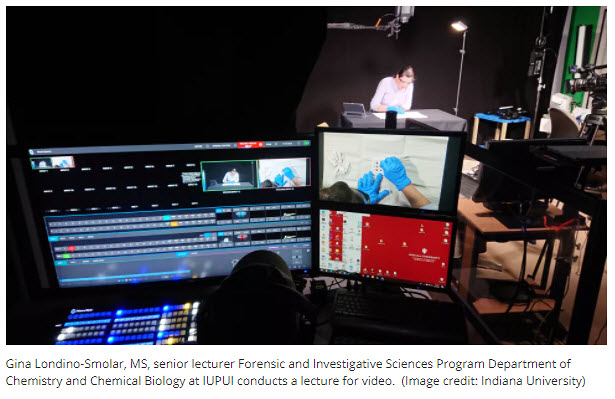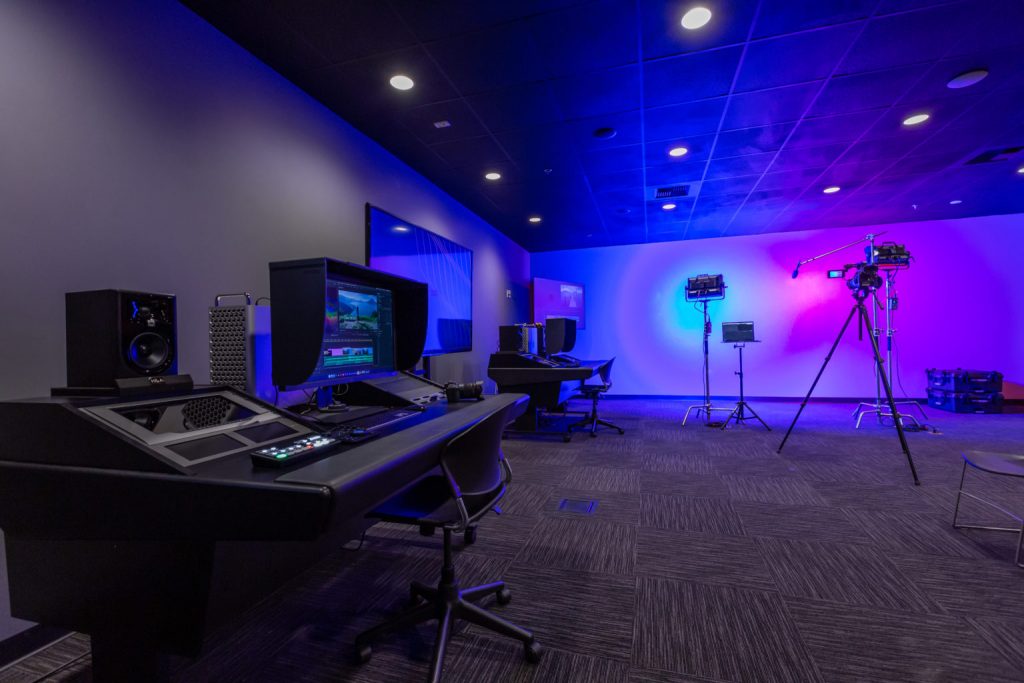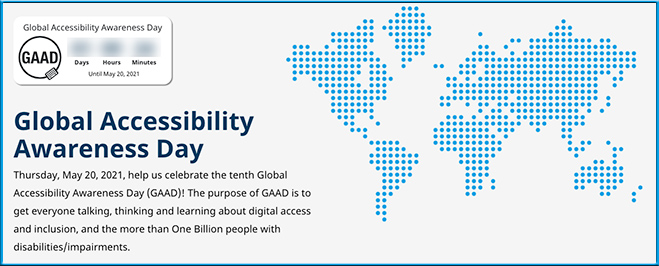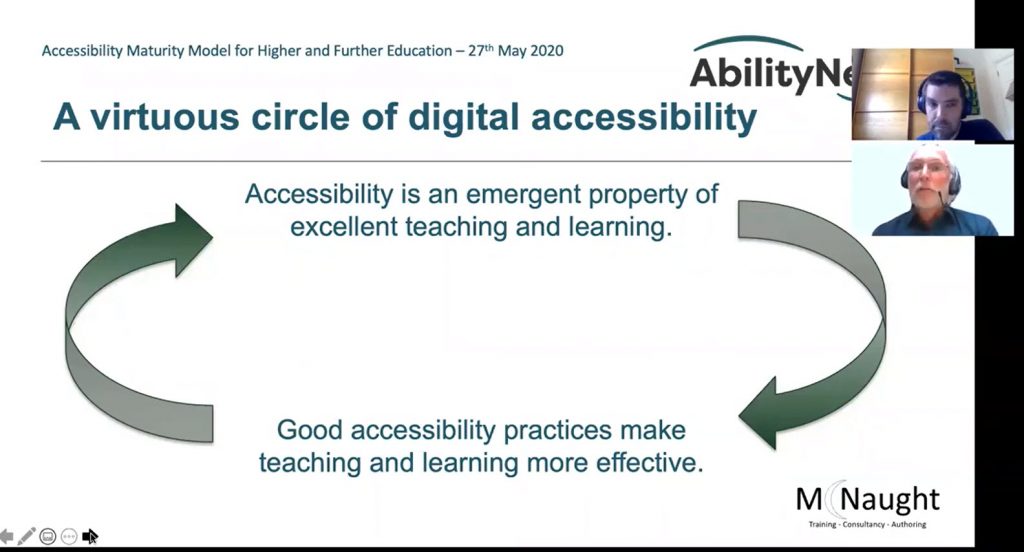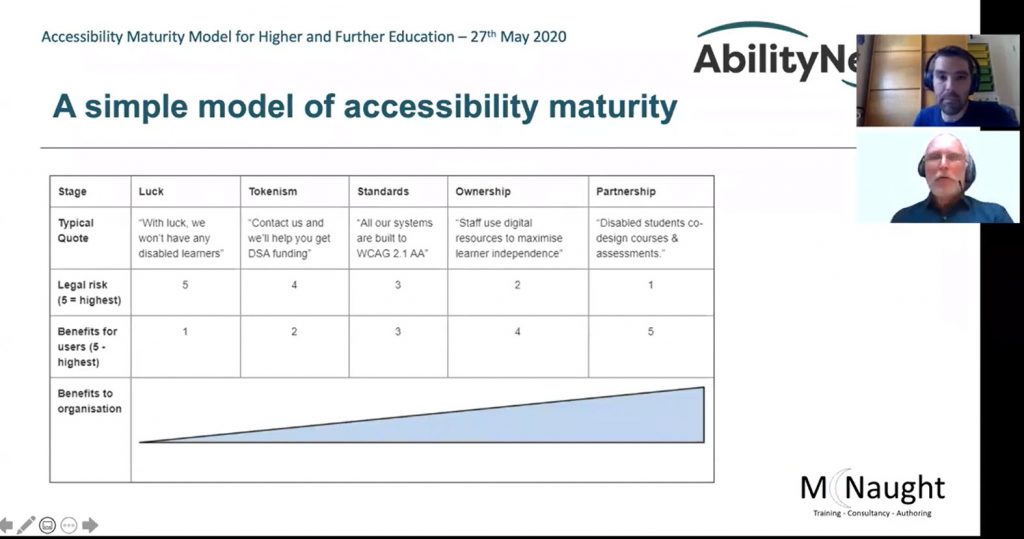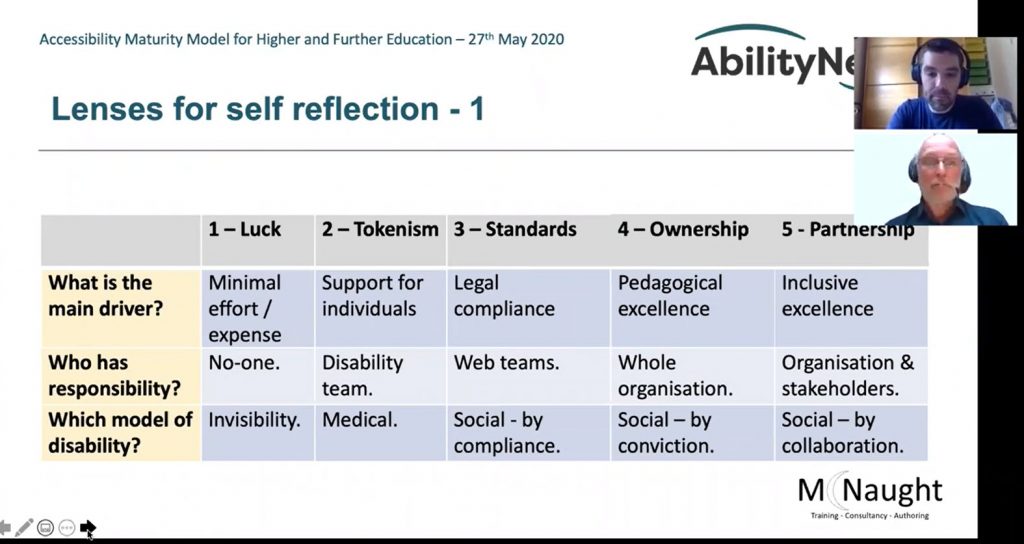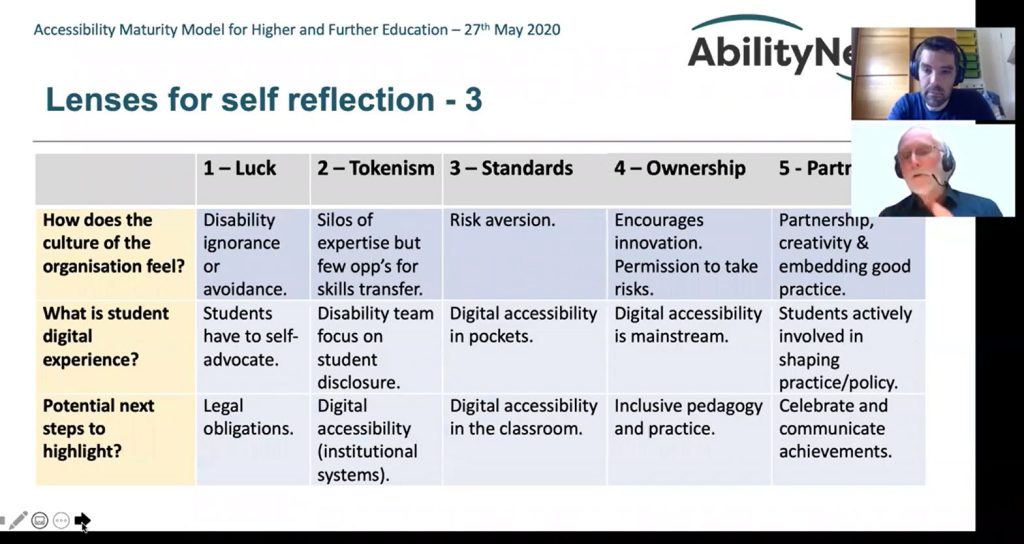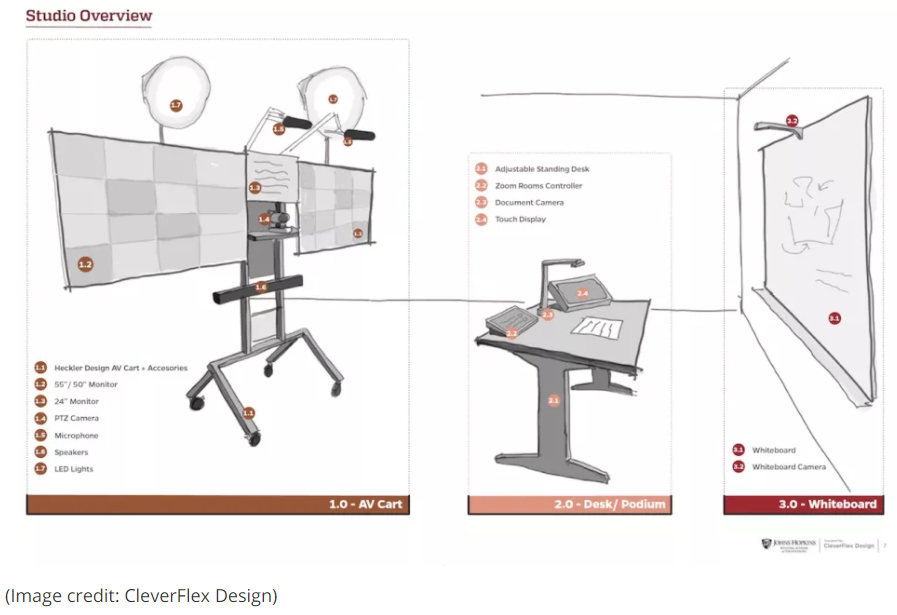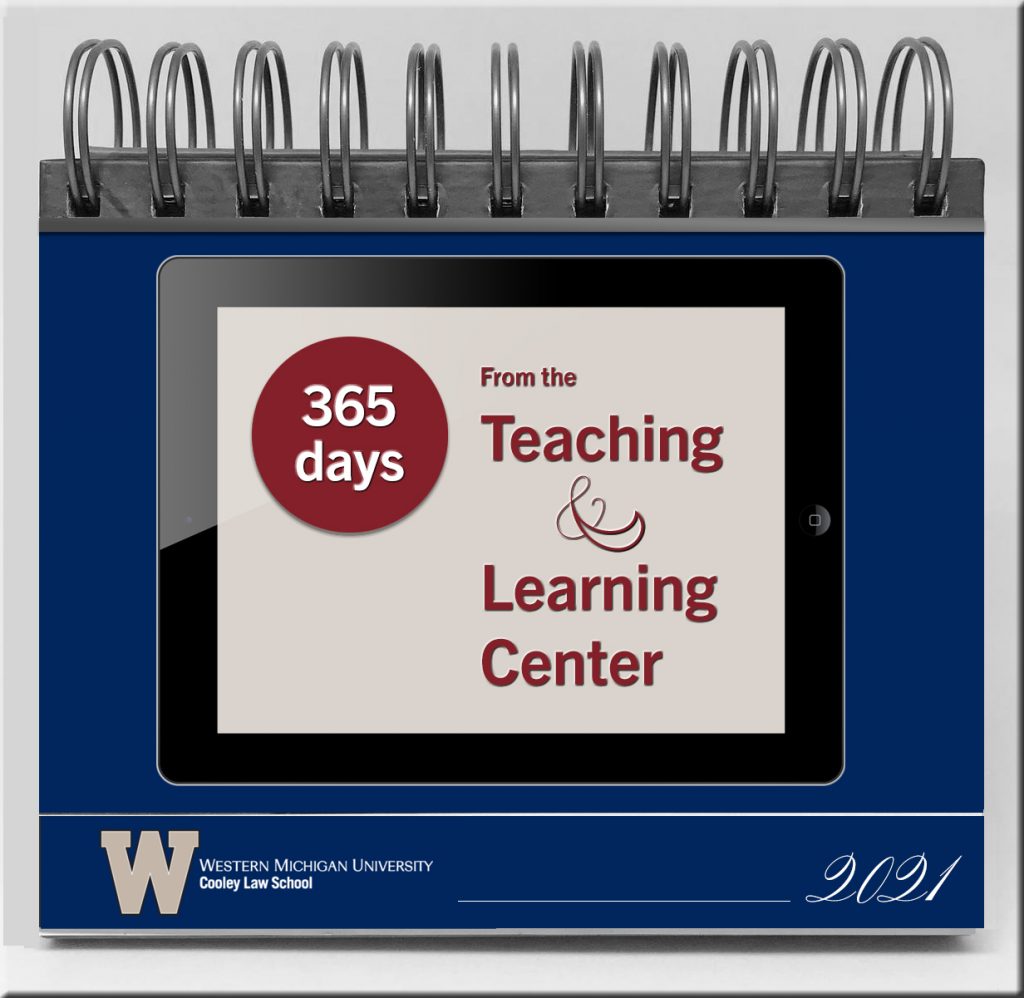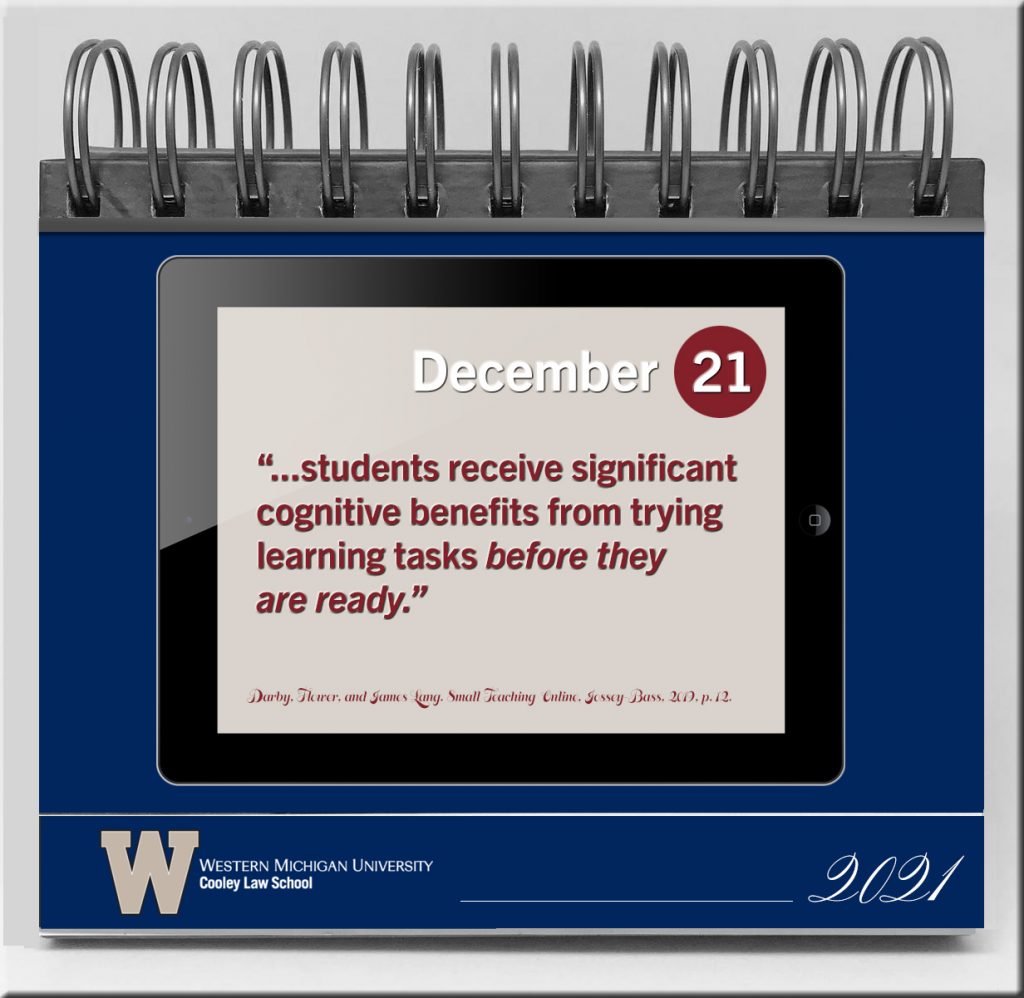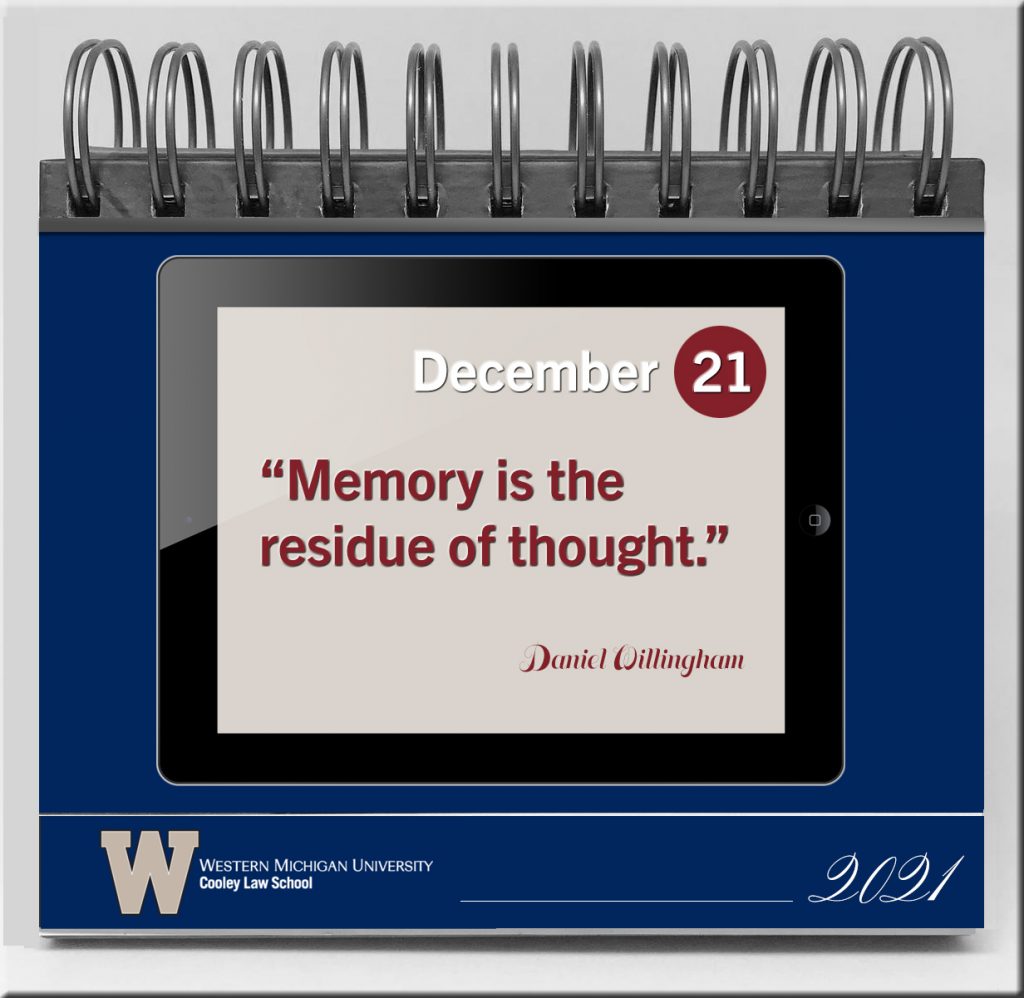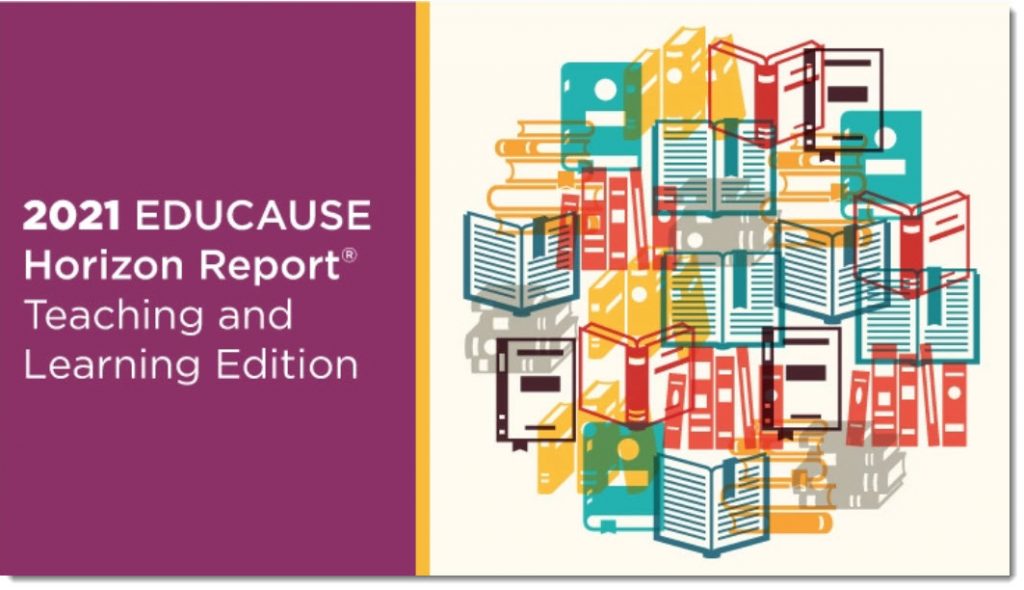Let’s Teach Computer Science Majors to Be Good Citizens. The Whole World Depends on It. — from edsurge.com by Anne-Marie Núñez, Matthew J. Mayhew, Musbah Shaheen and Laura S. Dahl
Excerpt:
To mitigate the perpetuation of these and related inequities, observers have called for increased diversification of the technology workforce. However, as books like “Brotopia” by Emily Chang and “Race after Technology” by Ruha Benjamin indicate, the culture of tech companies can be misogynistic and racist and therefore unwelcoming to many people. Google’s firing of a well-regarded Black scientist for her research on algorithmic bias in December 2020 suggests that there may be limited capacity within the industry to challenge this culture.
Change may need to start earlier in the workforce development pipeline. Undergraduate education offers a key opportunity for recruiting students from historically underrepresented racial and ethnic, gender, and disability groups into computing. Yet even broadened participation in college computer science courses may not shift the tech workforce and block bias from seeping into tech tools if students aren’t taught that diversity and ethics are essential to their field of study and future careers.
Also mentioned/see:
- Teaching Responsible Computing Playbook
The ultimate goal of Teaching Responsible Computing is to educate a new wave of students who bring holistic thinking to the design of technology products. To do this, it is critical for departments to work together across computing, humanistic studies, and more, and collaborate across institutions. This Playbook offers the lessons learned from the process of adapting and enhancing curricula to include responsible computing in a broad set of institutions and help others get started doing the same in their curricula.









